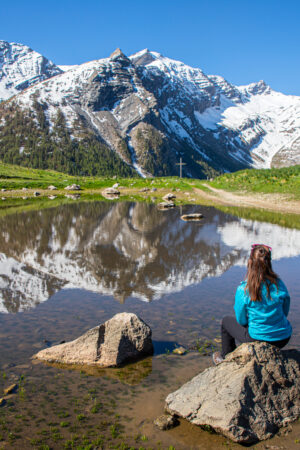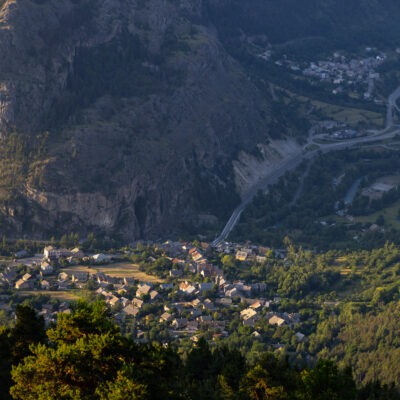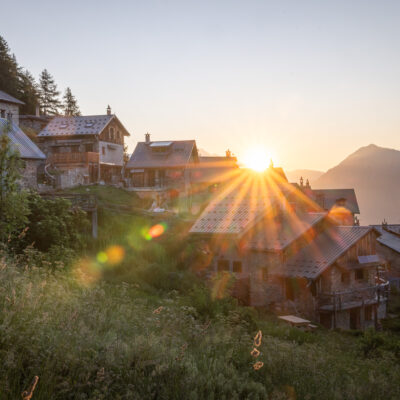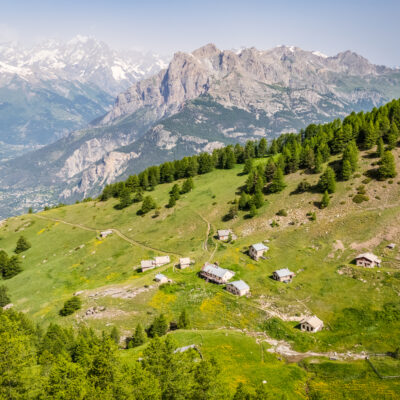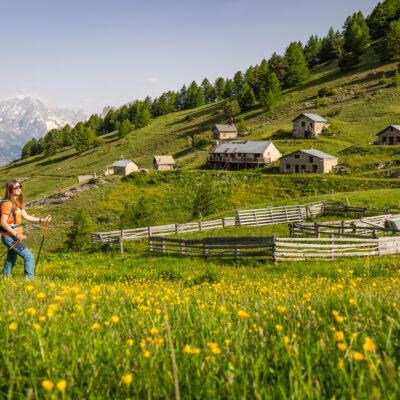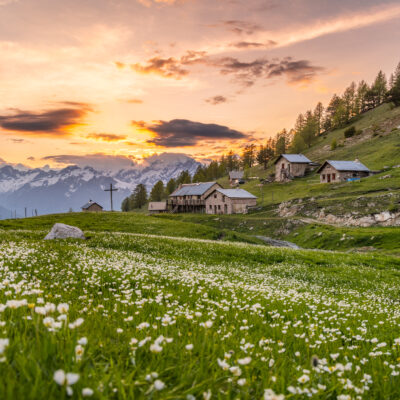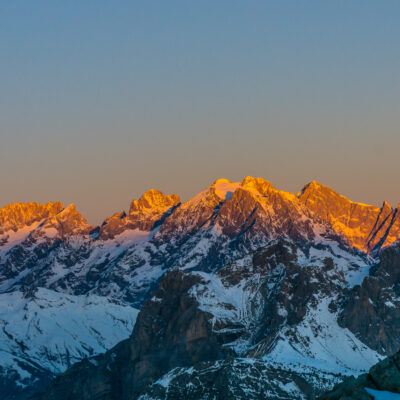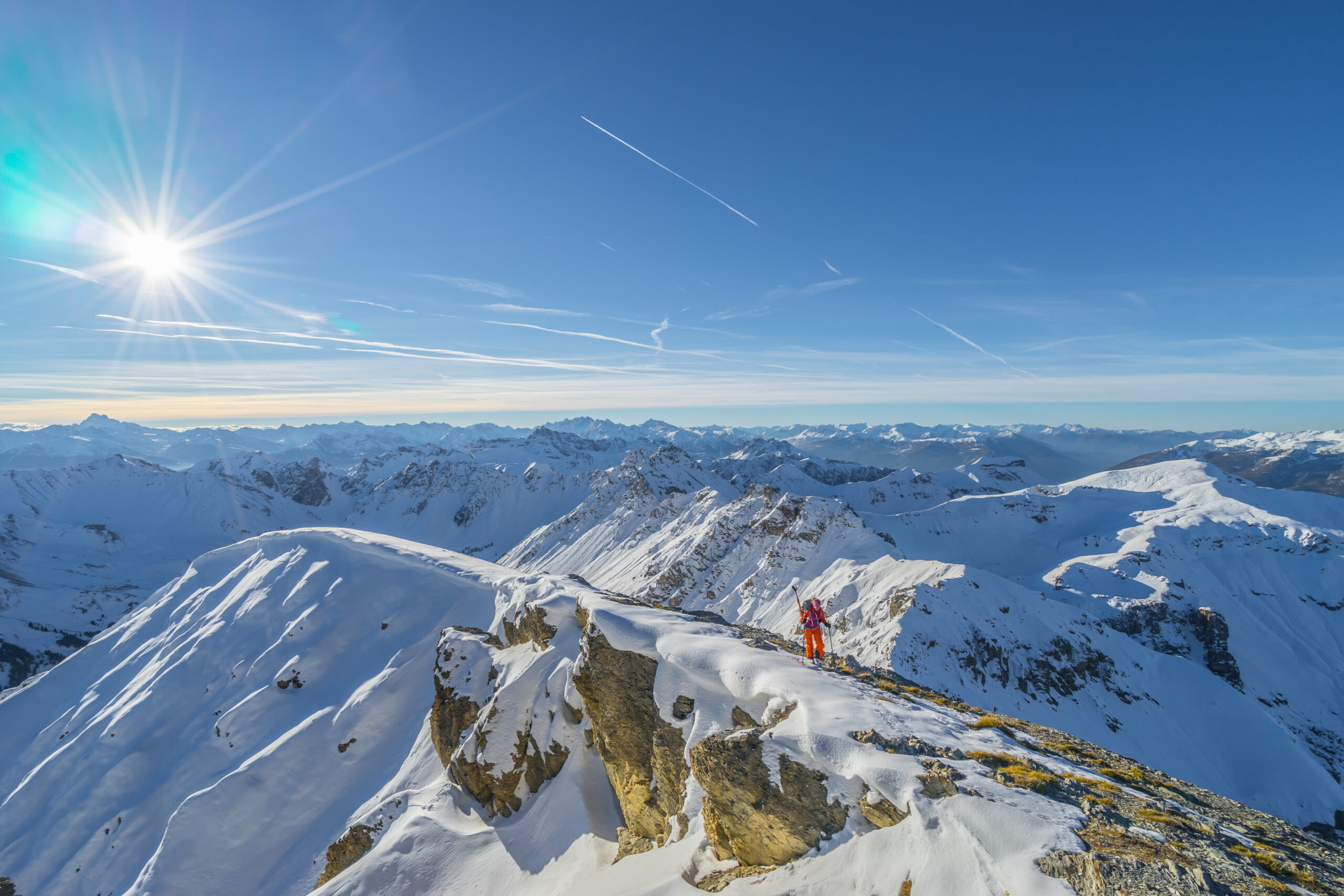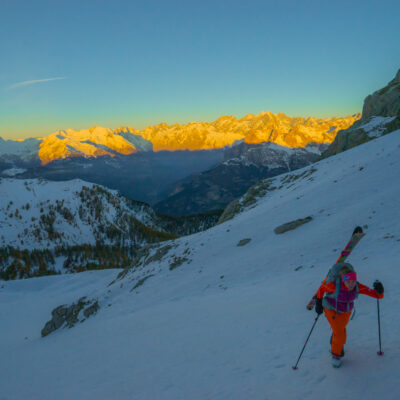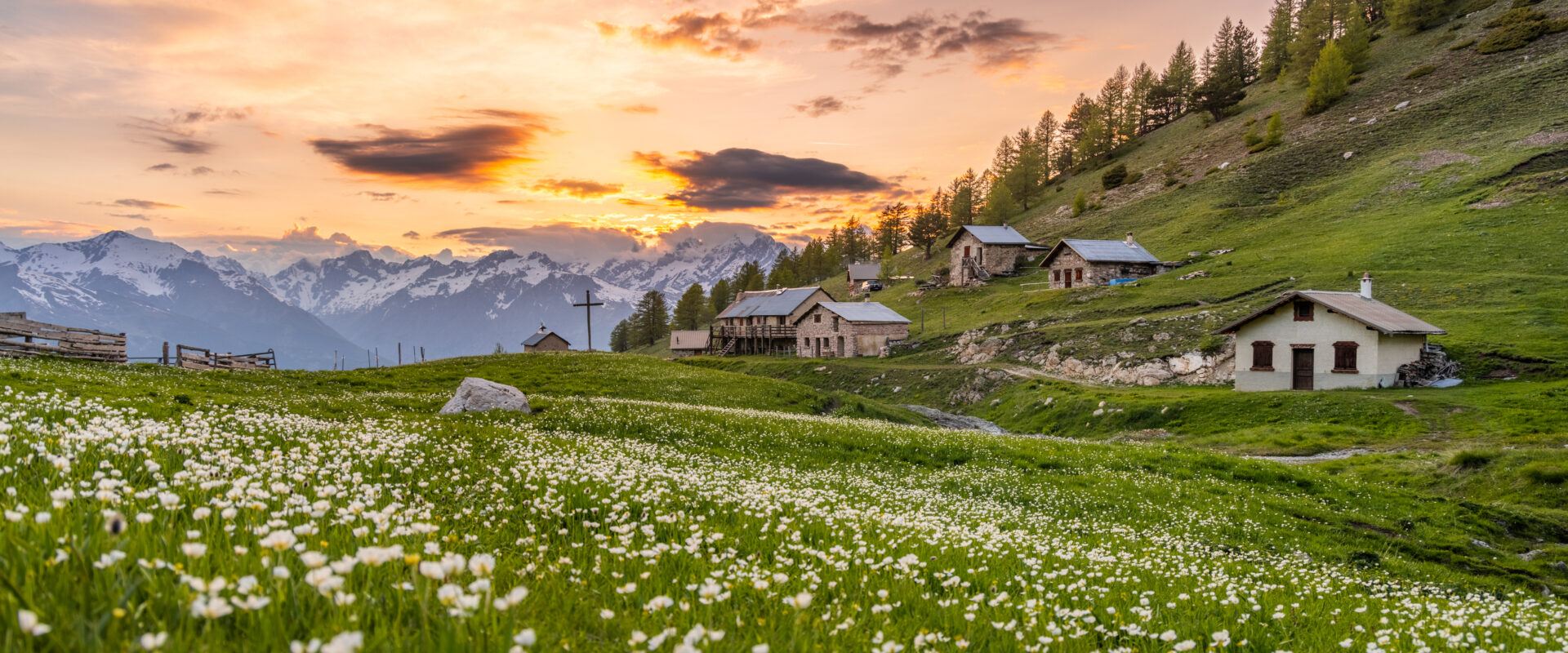
Saint-Martin-de-queyrières

Saint-Martin-de-queyrières
SAINT-MARTIN-DE-QUEYRIÈRES Between cliffs, Durance and high-altitude hamlets
Saint-Martin-de-Queyrières extends over more than 55 km² along the gorges of the Durance, at the junction between the valley of Serre Chevalier and the Vallouise. The territory is made up of nine hilltop hamlets (Queyrières, Prelles, Le Villaret, Sachas, Bouchier, Villar-Meyer, Sainte-Marguerite…) where you can feel the authentic soul of the Hautes-Alpes. On the heritage side, the chapel of Saint-Hippolyte du Bouchier and its frescoes classified as a historical monument reveals a painted decoration dated between the end of the fifteenth and the beginning of the sixteenth century. Other small rural chapels punctuate the landscape, such as the chapel of Saint-Jacques de Prelles (a historic stop on the way to Santiago) which tells the story of several centuries of local history. The recently developed Routes des Espagnols memorial trail traces the history of the exiled republicans and the construction of the “Route des Espagnols” (1939–1945): an immersion in a little-known page of local history.
Go on an adventure
Saint-Martin-de-Queyrières is also a playground of adventure: hiking, hiking, horseback riding, and mountain biking trails set off from the hamlets to explore the valley and the surrounding ridges. The Durance attracts kayakers or white water sports enthusiasts, and climbers appreciate the Rocher-Baron, a quartzite training site with a short approach, ideal for beginners as well as for improvement. Themed walks and itineraries allow you to vary the pleasures, between family outings and more sustained efforts.

The Winter Adventure
In winter, Saint-Martin-de-Queyrières becomes an adventure playground suitable for all rhythms: snowshoes and snowtrails allow you to explore the ridges and valleys around the hamlets, and ski touring routes are taking shape nearby, especially towards the Fond Froid valley. Climbing enthusiasts can learn or maintain their technique on the Rocher-Baron, which remains accessible and sunny, while the more contemplative enjoy themed walks in the village and its surroundings. It is easy to alternate family outings and more sustained efforts, with winter panoramas of the surrounding valleys.
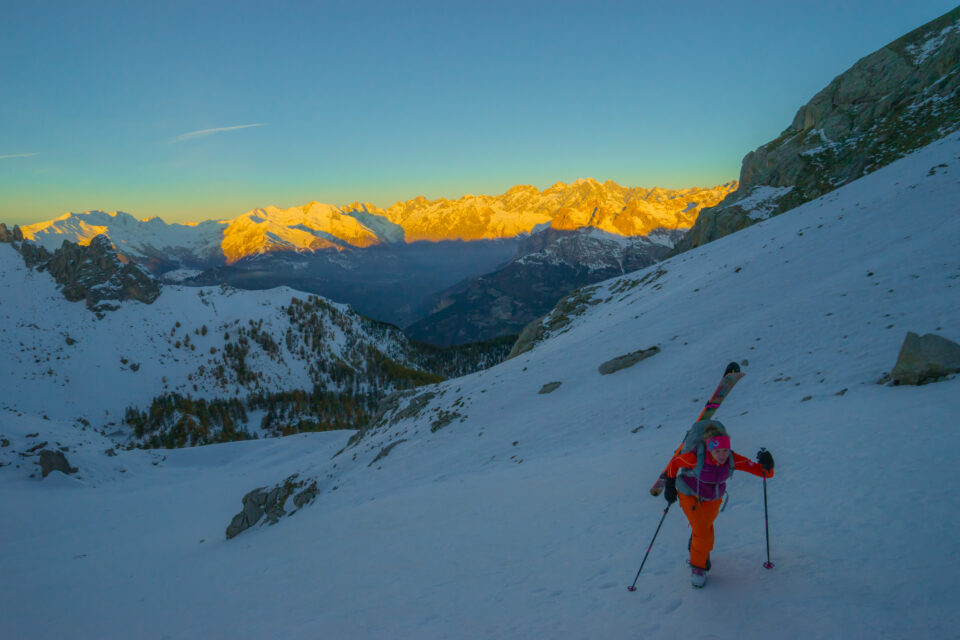
The oriol of Queyrières
The Oriol de Queyrières, perched between 2,000 and 2,055 m, is a popular belvedere that combines hiking, heritage and a rejuvenating break. It can be reached in an hour to an hour and a half on foot from Saint-Martin-de-Queyrières: the Oriol refuge, nestled at 2,026 m, serves as a stopover point for a drink, a meal or to extend the getaway, and sometimes hosts experiences such as the “sound journey” to deepen the connection to the landscape. A little higher up, the oratory of the Oriol of Sainte-Marguerite and the chapel of Saint-Antoine l’ermite (dated from the seventeenth century and restored) punctuate the climb and add a spiritual dimension to the loop. The site offers an unobstructed view of the Durance valley, the surrounding ridges and the peaks of the Écrins, in a quiet setting accessible to regular hikers.
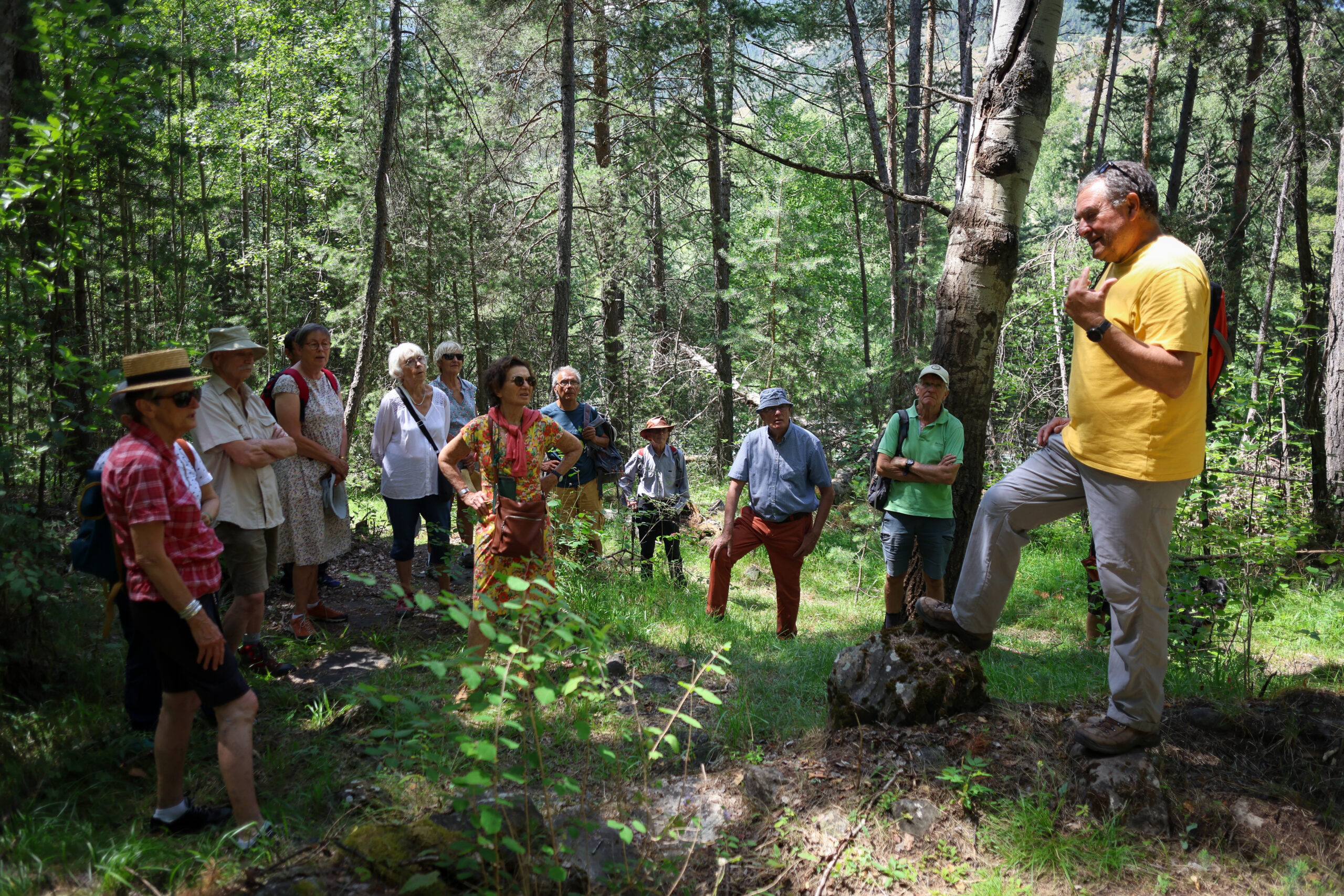
The Spanish route
In Saint-Martin-de-Queyrières, the “route of the Spaniards” is now commemorated by a memorial trail that retraces the history of the Spanish republicans exiled after the Retirada of 1939. Developed by the association Routes Espagnoles du Grand Briançonnais with the support of the municipality and the Tourist Office, this route starts in the hamlet of Villaret and passes through the Pranoncelle site where Spanish workers assigned to the GTE (Foreign Workers’ Groups) sites were stationed between 1939 and 1943. Explanatory panels mark out the walk to tell their exile, their living conditions and the role of these roads in a little-known page of local history; Guided tours are offered in season to deepen this “journey through time”.
Arich and authentic heritage
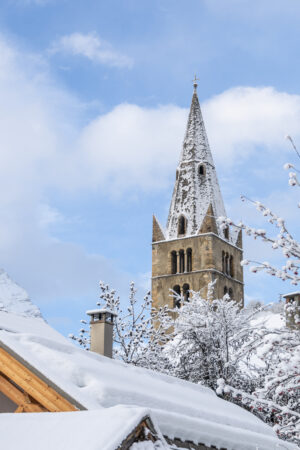
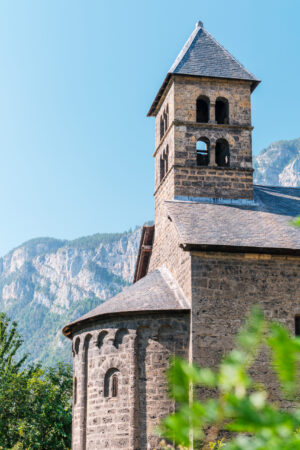

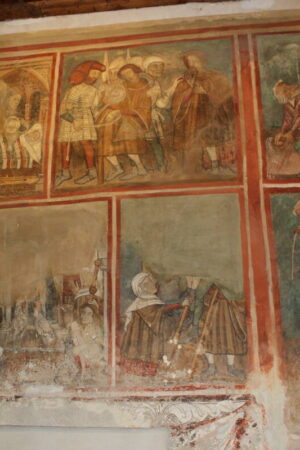
Micro-adventuresfor all desires

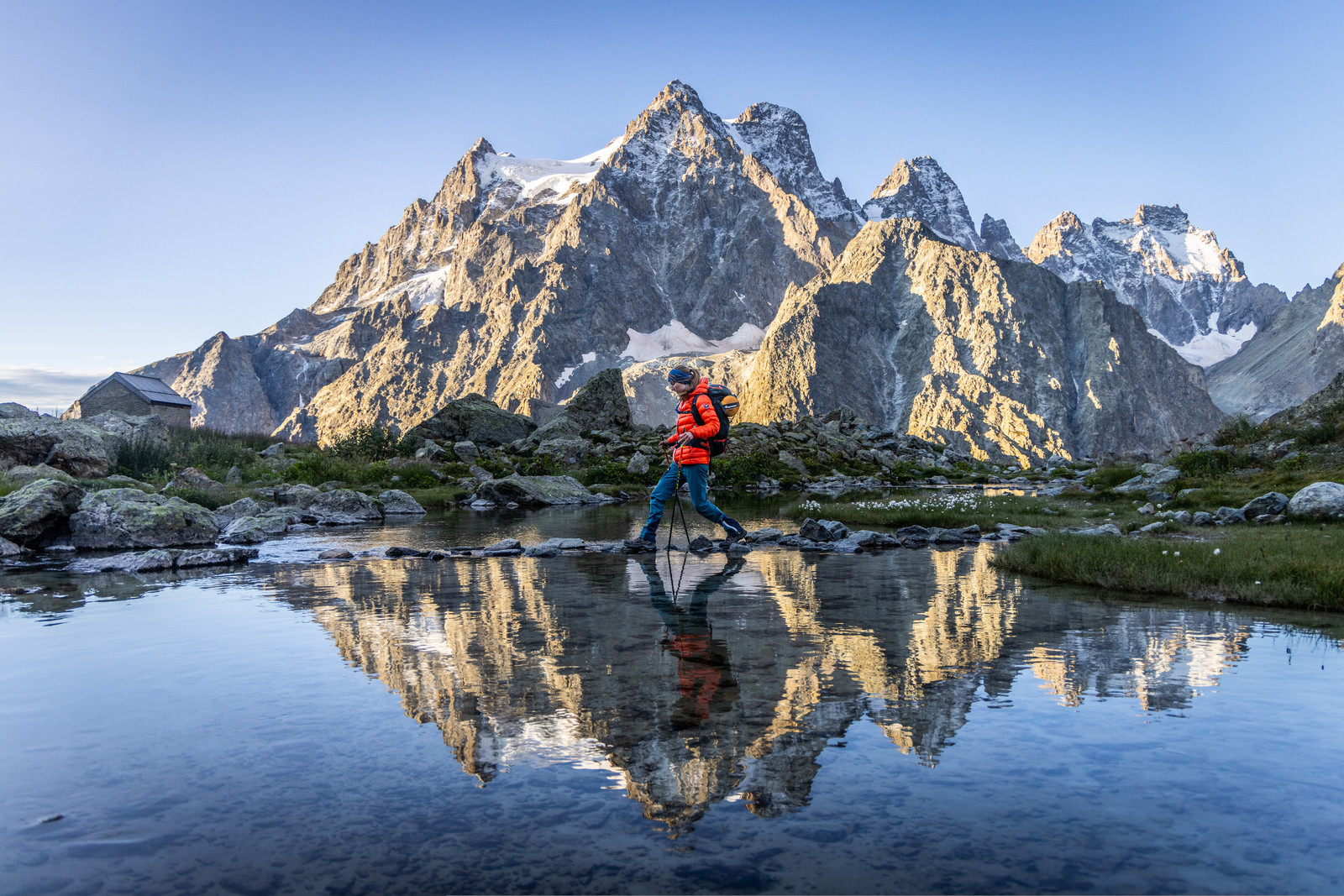
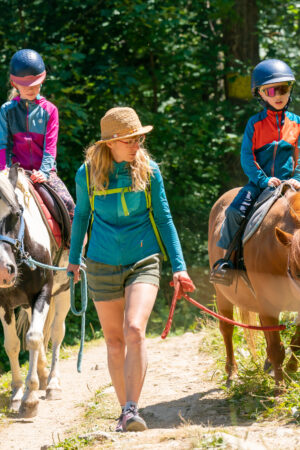
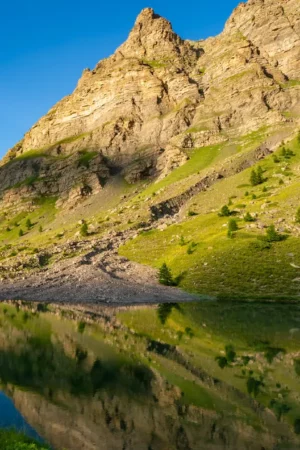
Animations and events that punctuate your seasons
- ANIMATION
- ACTIVITÉS
Everything you need DURING YOUR STAY
- COMMERCES
- SERVICES
- RESTAURANTS
- HÉBERGEMENTS
Perched hamlets and heritage , the proof in pictures
We take care of everything, you enjoy
Discover our all-inclusive stays and let us organize your mountain immersion: accommodation, guided activities, and local experiences are gathered for you. Choose your formula, from a rejuvenating weekend to a week of adventure, and take full advantage of the landscapes, the know-how and the conviviality without worrying about anything.

